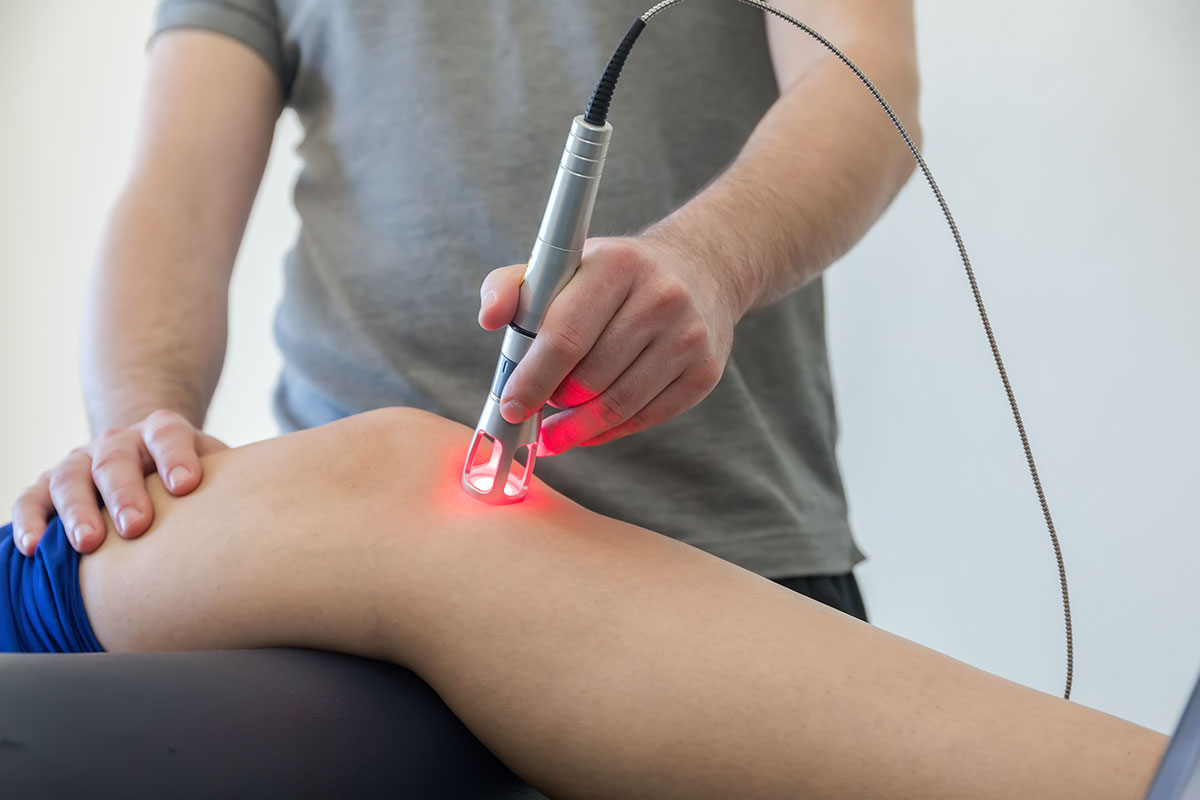Laser therapy uses monochromatic light emissions from the low power laser. It really is used to treat many conditions including musculoskeletal injuries, degenerative and chronic conditions and some wounds. This technology enhances your body's natural process for healing.
You can find conditions that conventional therapies are inadequate. For these health issues, laser therapy can provide a lot of relief. These conditions include carpal tunnel syndrome, fibromyalgia, ligament or tendon tears, soft tissue injuries, herniated discs, tendinitis, bursitis, spinal stenosis, and so on. A few of the other illnesses and conditions include ulcers, burns, shingles, gout, and arthritis. This is merely a partial list of the conditions that type of treatment a very good idea for.
Using this type of treatment offers many advantages that a patient won't find with other styles of treatment. To begin with, it is a non-invasive procedure. There is no surgery involved. Also, this non-toxic treatment is highly effective and features a cure rate of around 95%. class 4 laser therapy has no known harmful unwanted effects and is simple to use. This therapy has other results as well. For instance, the disease fighting capability is stimulated and the natural healing up process is enhanced, leading to tissue regeneration.
For years, therapies such as for example ultrasound and TENS have already been used exclusively for pain treatment also to stimulate the healing up process. These types of treatments have been a disappointment for some because they seem to only tone down the symptoms but usually do not promote the natural healing up process. One benefit that this type of treatment has over many of the other types is that it is not harmful to other tissue. Cells that are functioning normally are not adversely impacted by the use of low intensity lasers.
When useful for pain or other medical ailments, the amount of treatment required may vary. The biggest factor may be the individual that is receiving the treatment and their very own response to it. A single treatment can last anywhere from 15 minutes to one hour. The prices vary as does insurance plan
Another use for laser therapy is smoking cessation. Although it is not covered by insurance, an average smoker will spend approximately 1/3 the total amount they spend annually on cigarettes to pay the cost of this type of therapy. The laser must be applied to very specific points on the facial skin, ears, wrists, and hands that are connected with nicotine addiction. When useful for smoking cessation, there's usually only one treatment with other sessions available if needed.
Lasers are also used by veterinarians to take care of animals with chronic pain and age related diseases. Vets may use this treatment in reducing inflammation and promote healing in tissue that's damaged. This treatment might help a pet that's battling with arthritis, degenerative osteo-arthritis, post surgical pain, etc. This is a safe and effective way to assist in improving the caliber of life and restore the mobility in your elderly pets.
Laser therapy, although still under a lot of experimentation, is really a practical and non evasive solution to help doctors care for their patients. Over time, the usage of lasers will without doubt advance even further than it is at this time.

